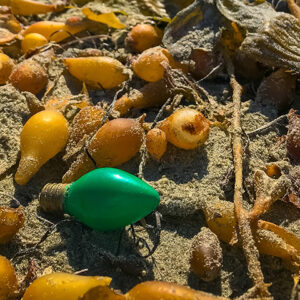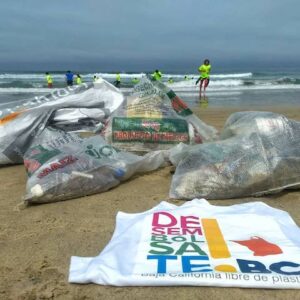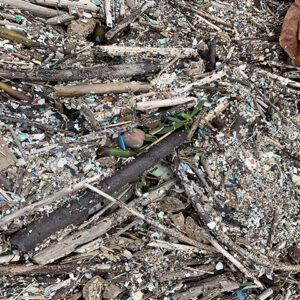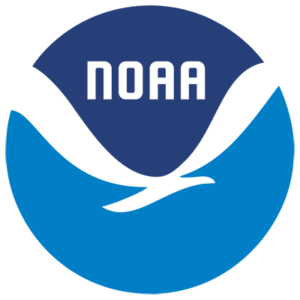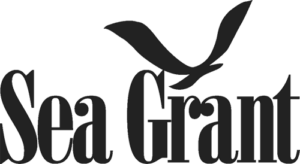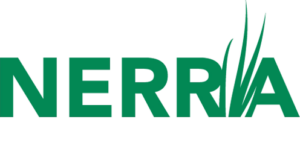Project overview
In 2022, the Tijuana River, He’eia, and Padilla Bay National Estuarine Research Reserves (NERRs) were awarded a NERR System (NERRS) Science Collaborative transfer grant to build upon efforts by the NERRS Plastics workgroup to assess the NERRS ‘Niche’ in addressing the impacts of marine debris and coordinate and participate in knowledge transfer toward system-wide strategic planning.
The project’s main objectives are to:
- Facilitate a series of virtual knowledge transfer workshops across NERRs and with the greater Debris Community of Practice (DCoP);
- Develop a draft Strategic Plan to address marine debris issues in estuaries;
- Utilize workshops in order to leverage sector-wide and other efforts such as an estuarine module for aquatic-bound debris monitoring, an education/stewardship toolkit to promote community involvement, and a coastal decision-maker engagement plan that addresses behavior change and policy action.
Research conducted
Across the NERR System (NERRS), marine debris is an issue of concern for Reserves and their surrounding communities. Trash and debris from watersheds are funneled into estuaries, which serve as critical endpoints and transition zones for trash entering the ocean. Understanding the quantity and impact of trash in estuaries and preventing further pollution requires a collaborative, multi-pronged effort by scientists, educators, natural resource managers, policy-makers, industry partners, and community members. Currently, a number of organizations have research, monitoring, or action programs for aquatic-bound terrestrial trash, marine debris, and ocean plastics locally, nationally, and globally, including the NOAA Marine Debris Program, Sea Grant, and various non-profit foundations. We characterize these organizations as the marine Debris Community of Practice (DCoP). The NERRS has an opportunity to fill a unique niche in the DCoP through a multi-pronged approach addressing the issue within estuaries. Additionally, because research, stewardship, education, and coastal training capacities are housed within each Reserve, the NERRS has the potential to make progress on the debris problem by not only conducting long-term monitoring, but also applying the data and facilitating behavior and policy change.
Within a 24 month project period, the Core Team (made up of Tijuana River, He’eia, and Padilla Bay NERR) will plan to meet monthly as well as host 4 Project Advisory Council meetings and 4 Knowledge Transfer workshops made up of DCoP members. These meetings will be dedicated to the development of the Roadmap to address aquatic-bound debris issues in estuaries, which will utilize a 4-sector approach (research, stewardship, education, and coastal training) mirroring the NERRS structure.
NSC Project website: Transferring Knowledge to Understand the NERRS’s Niche in Addressing Marine Debris | NERRS Science Collaborative
Findings
This project is in progress and is expected to be completed in September 2024.
Outcomes & impact
This project is in progress and is expected to be completed in September 2024.

